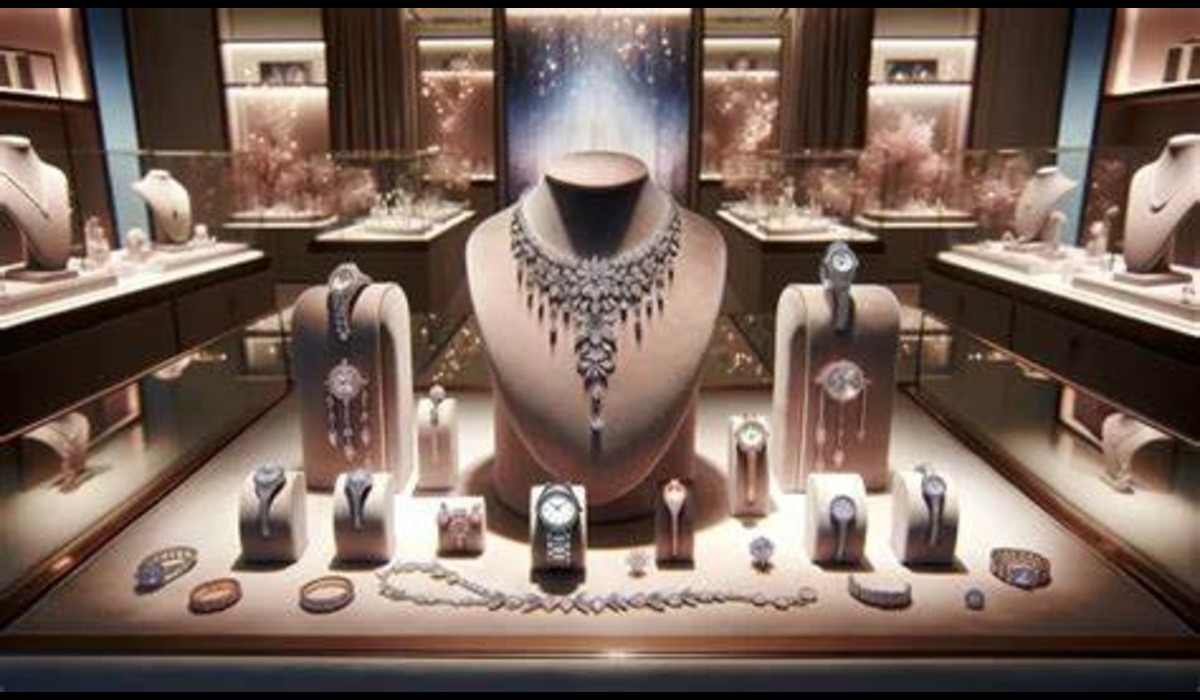Introduction to Swarowski
swarowskı is one of the most recognized and well-known crystal brands in the world. Known for its sparkling crystals used in jewelry and home décor, swaro.wskı has pushed the boundaries of crystal cutting and design for over 100 years. Its history reflects a remarkable combination of ancient European craftsmanship, cutting-edge technology, fashion-forward glamour and bold innovation.
Early History and Founding
Swarovski’s roots date back to the 19th century, when its founder, Daniel Swarovski, helped revolutionize crystal making.
Daniel swarowskı
Daniel was born in 1862 in Bohemia (now part of the Czech Republic), a region known for glass production. After studying at technical schools in Paris and Vienna and working in the family’s glass factories, Daniel became self-employed. His vision? To apply new mechanical crystal polishing technologies to produce affordable crystals with seemingly artisanal precision and brilliance.
Innovation in Crystal Cutting
In 1892, Daniel founded the swarowsk.ı Company (originally A. Kosmann, D. Swarovski & Co.) in Wattens, Austria. There he used the Inn’s water power and specially adapted machines to improve efficiency, performance and breakthrough innovations such as patented crystal cutting techniques. This allowed crystals to be produced with exceptional speed, size, precision and affordability.
Growth in Europe
As word spread, swarowskı found customers among European nobility and the luxury sector. By expanding the facilities they were able to perfect crystal colours, cuts and coatings. This cemented swarowskı reputation for offering the finest and most innovative crystal elements in the world.
Expansion to America
At the height of its success in Europe, swarowskı expan ded across the Atlantic to bring its crystals to the thriving American market.
new york business
In 1937, Swarovski opened a flagship store on New York’s fashionable Fifth Avenue. There they sold their popular Czech crystal beads, pendants and other jewelry to American high society ladies. Exports from Austria and targeted marketing for the U.S. helped make the Swarovski name known around the world.
hollywood glamour
Soon, Swarovski crystals also adorned American movie stars. In the 1940s, actresses such as Joan Crawford and Marlene Dietrich wore swarowskı crystal jewelry and accessories at Hollywood events. This association with luxury and celebrity raised the brand’s aspirations.
Modern products and technologies
Today, Swarovski remains focused on fostering profound craftsmanship while constantly innovating in technologies, products and designs.
Jewelry
Swarowskı creates stunning jewelry, such as necklaces, rings, bracelets and earrings in a variety of styles. From classic to modern, playful to elegant, their jewelry captures the timeless sparkle and color effects that only Swarovski crystals can achieve.
Home Decor
Figurines like the Ballerinas have been swarowskı collectible icons for decades. They have recently expanded their offering to include home furnishings, lighting, decorative ornaments, and artwork made or highlighted with swarowskı crystals to create a dramatic and dazzling effect.
Innovations
Innovation continues in technologies like enhanced coatings to optimize crystal clarity and color consistency. They also develop setting options, custom cuts like pear-shaped crystals, and eco-friendly metals and materials. This ensures that swarowskı maintains and expands its competitive advantage.
Environmental and Social Responsibility
Swarowski has several initiatives to maintain ethical and sustainable business and give back.
Sustainability
Their goal is to use 100% recycled metals and sustainable packaging by 2025. Swarowski also conducts environmental and social audits on suppliers to address risks such as water consumption, waste, working conditions and more.
Philanthropy
The Swarowski Foundation supports art, culture, design and charitable causes. Their swarowskıWaterschool offers training in water protection and hygiene.
Swarovski Water School
The Waterschool is active in 15 countries such as India and Uganda and offers teachers and students scientific education focused on water. This improves sustainable knowledge, skills and practices locally and beyond as participants share their experiences with their communities.
Collaborations and major works
Swarowskı enjoys high-profile collaborations (called swarowskı Creations) across industries, pushing creative boundaries.
Fashion
Couture houses such as Dior and emerging designers regularly incorporate Swarovski crystals into garments, shoes, accessories and more, adding stunning embellishments. Swarowskı even makes crystals on commission, in specific sizes and shapes to meet the needs of clothing or accessories.
Architecture
The swarowskı Crystal Worlds Museum in Austria delights visitors with rooms filled with architectural wonders made of countless sparkling crystals. James Turrell’s mystical installations also use swarowskı crystals for their immersive sensory effects.
Art
Famous artists such as Andy Warhol have incorporated Swarovski crystals into their works. Contemporary artists are constantly finding new ways to use the unparalleled range of colors, shapes, coatings and effects of Swarovski crystals, even in unexpected mediums such as 3D printing crystals on textiles.
Swarovski’s Future
After more than a century, Swarovski continues to grow across industries and geographies. The company strikes a balance between tradition and pioneering innovation to deliver lasting value and inspiration to its customers.
Digitalization
Swarowskı will leverage data and digital channels to enhance customer experiences and optimize operations through advanced analytics, augmented reality, virtual try-ons, and more.
New Markets
Especially in huge markets like China and India, the growing middle class is hungry for status-conferring luxury brands. This offers a significant opportunity for expansion.
Preserving Traditions
Even as technologies and products advance, Swarovski holds on to ancient, careful techniques, such as glass blowing. This preserves heritage, authenticity, and irreplaceable craftsmanship that machines cannot reproduce.
Conclusion
Legacy and Influence
swarowskıhas profoundly shaped the worlds of jewelry, design, art, architecture, film, fashion, and culture itself by making crystals creatively accessible on an unprecedented scale. For over a century, swarowskıincredible crystals have delighted countless consumers, designers, and artists around the world with their inspiring beauty. swarowskı will continue to illuminate industries, media, and lives with the versatile brilliance of crystals.
FAQs
How was Swarovski born?
Swarovski began in 1892 when Daniel Swarovski founded a company in Austria to cut and polish crystals using newly invented electric machines equipped with innovative techniques that he patented. This allowed crystal to be manufactured with new speed, affordability, and precision.
What makes Swarovski crystals so special?
Swarowski develops unique cuts, colors, coatings, and application techniques that optimize optical properties such as brilliance and produce crystals of exceptional clarity, brilliance, and visual impact. They also meet the highest standards of precision cutting, beauty and durability.
Which industries use Swarovski crystals?
Swarovski crystals are used in jewelry, fashion, high-fashion clothing, architecture, design, lighting, art installations, decorative collectibles, luxury vehicles, technological products and much more. Their versatile brilliance makes Swarovski crystals relevant across all industries.
How does Swarovski strike a balance between tradition and innovation?
Swarowski honors its centuries-old Bohemian glassmaking heritage with techniques such as glass blowing while developing innovative technologies. This allows it to simultaneously scale production and preserve irreplaceable craftsmanship.
How does Swarovski give back?
Swarowski focuses on sustainability and social responsibility by using recycled materials, verifying supplier ethics and engaging in philanthropy. Its Swarowski Water School improves access to clean water and education for teachers and students around the world.










